Ontario Green Screen Sustainability Toolkit
Unlock practical resources and tips to make your film and TV productions eco-friendly with the Ontario Green Screen Sustainability Toolkit.

OGS Grid Tie-in Map
Ontario Green Screen is proud to launch our province-wide electrical grid tie-in map in an effort to reduce greenhouse gas emissions. This map provides access to clean grid power at locations across the province.
For quick tips on plugging into clean power in Ontario, download our easy reference One-sheet:
We're looking for more tie-in points. Please register your locations below:
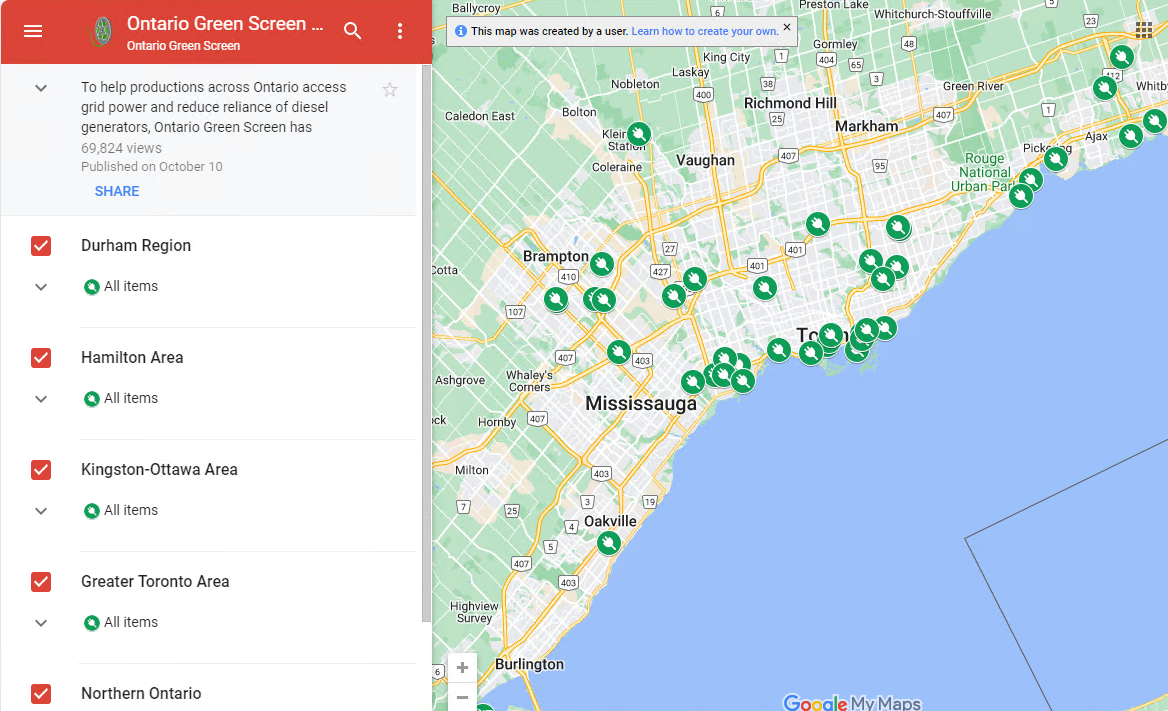
Advancing Waste Management Practices in Ontario’s Film and Television Industry
Ontario Creates and Ontario Green Screen's landmark report benchmarking waste practices across film and television productions of varying sizes and opportunities for material reuse
This study was generously supported by Telefilm Canada.
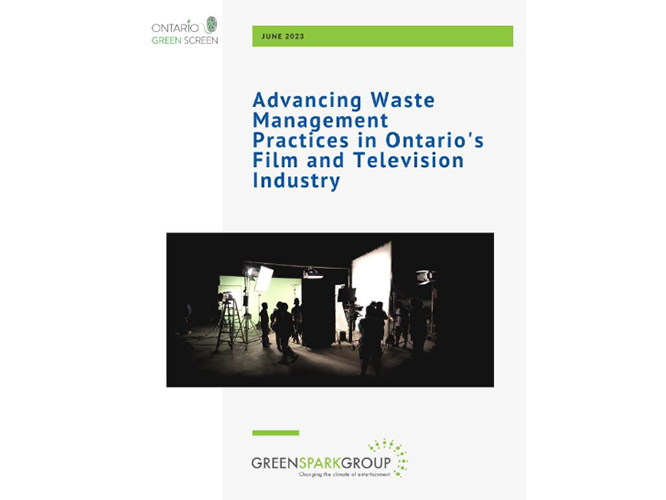
Ontario Green Screen’s New Waste Sorting Kits
OGS is pleased to offer a selection of Waste Sorting Kits that you can download for free. These kits are regionally specific to seven jurisdictions across Ontario. There is also one generic kit that can be used for regions/municipalities that are not represented in the templates.
The seven jurisdictions are: Durham Region, Hamilton, Mississauga, North Bay, Ottawa, Sudbury and Toronto. A handy information sheet can be downloaded from the folder, providing more information and links to municipal waste departments.
To download the OGS Waste Sorting Kit that best suits your needs, click on the link below.
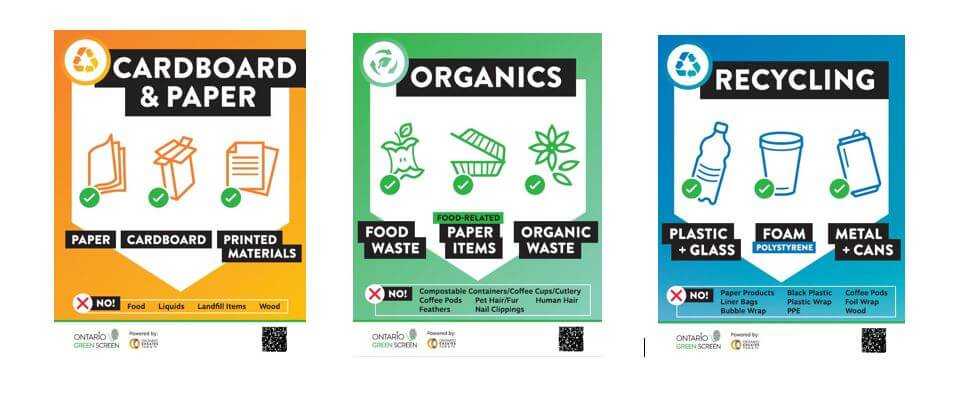
Best Practice Guides
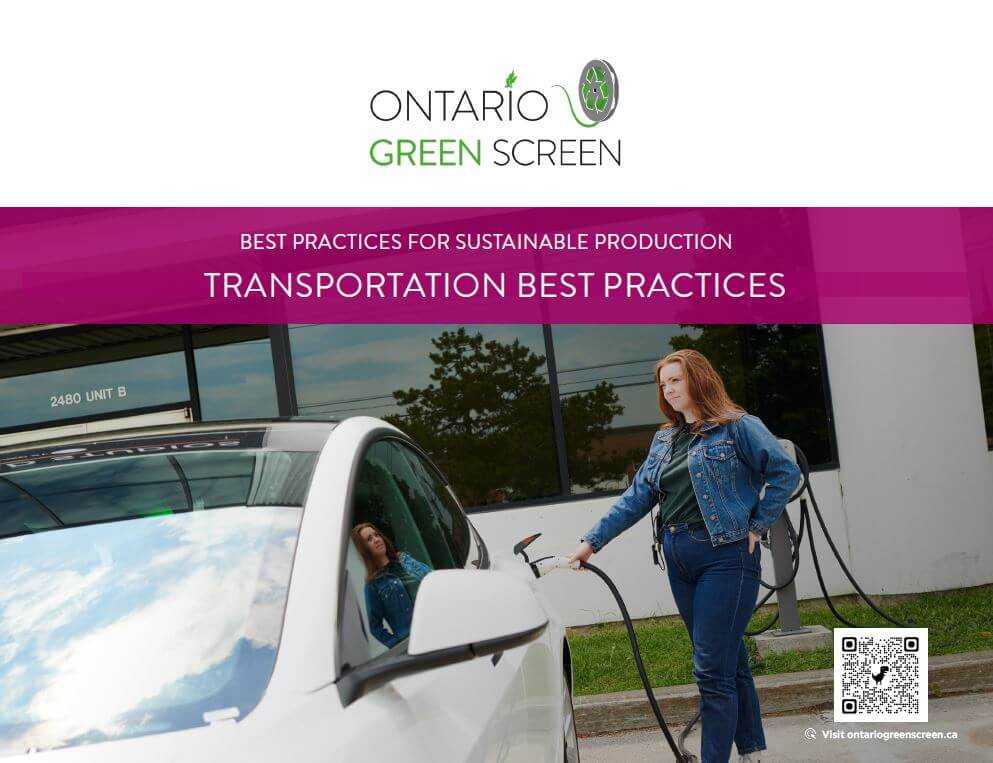
Transportation
Day-to-day choices made in transportation can have a significant impact on greenhouse gas emissions. Find out more by downloading our best practice resource guide on Transportation.
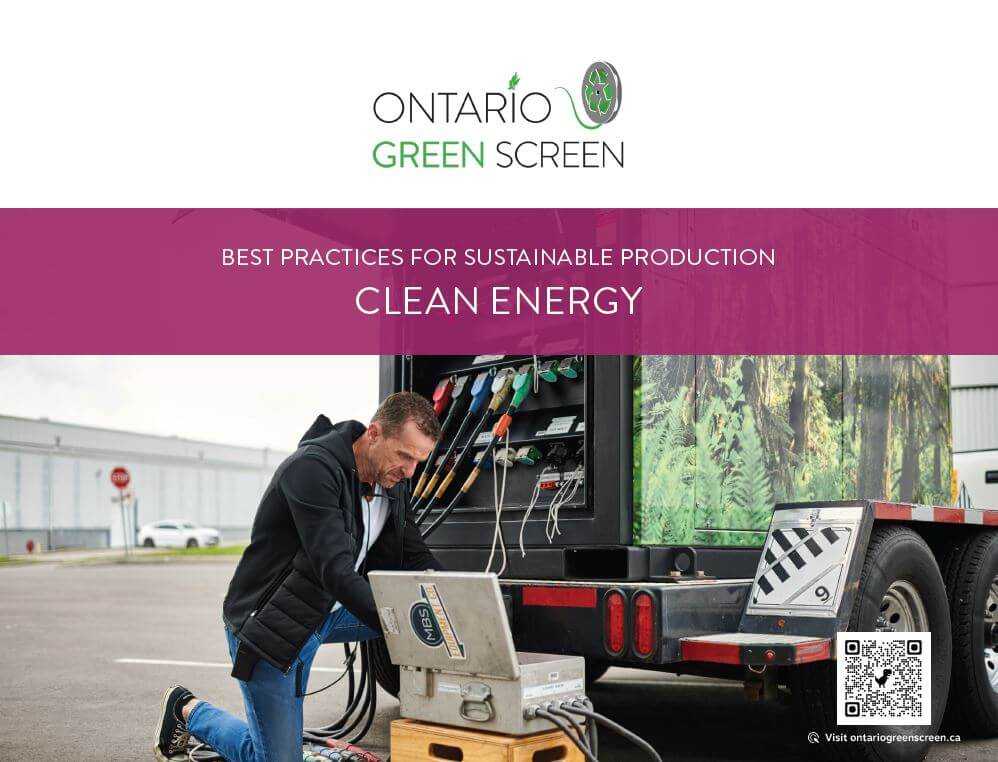
Clean Energy
The Film and TV industry in Ontario is cutting carbon emissions by choosing clean power alternatives. Find out how you can tie into the clean power revolution on your production.
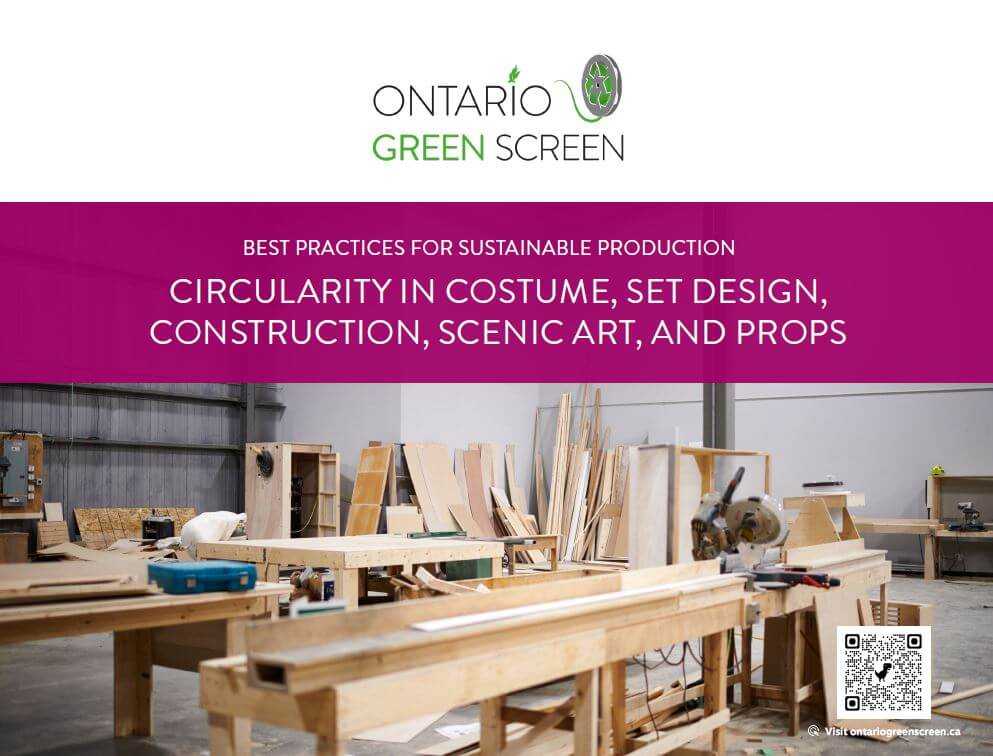
Circularity
Incorporating circular design principles into Production design and set construction can really make a difference in production waste at wrap. Find out more by downloading our latest Best Practices Resource Guide for Circular Production Design.
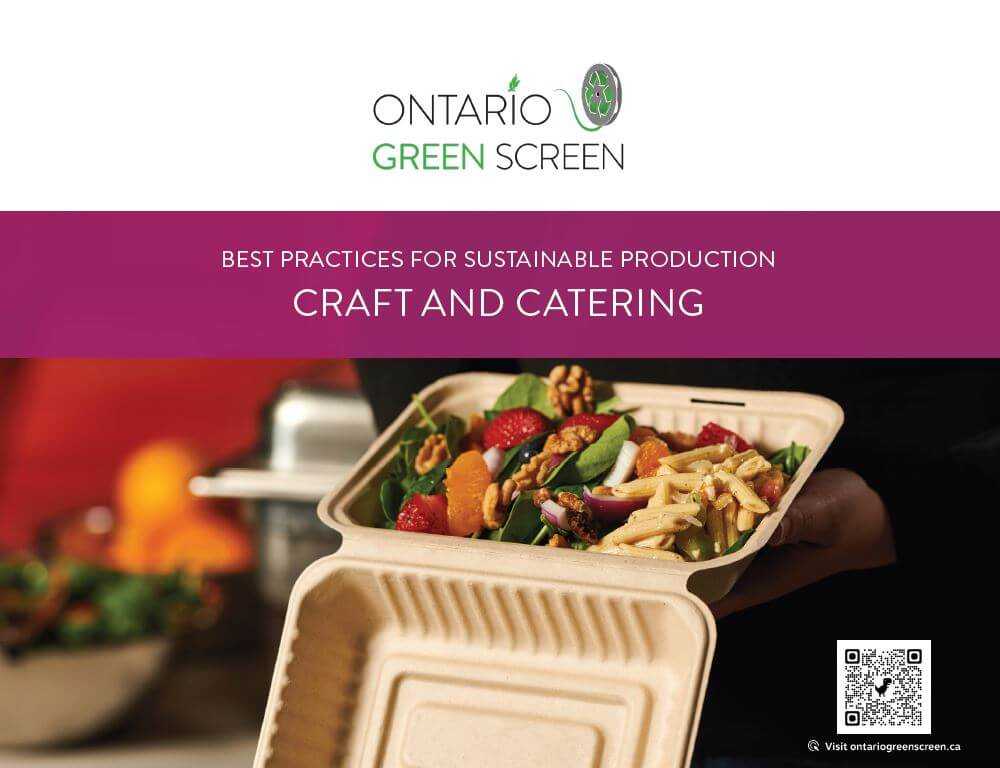
Craft and Catering
Throughout the month of April, best practice guides for sustainable production will be published here to help you make a difference in the film and television industry.
Learn best practices to reduce the environmental footprint of Craft and Catering on set with the first of four new Best Practice guides.
Carbon Calculators

DGC Carbon Calculators
Track your production’s environmental impact and make greener choices with the DGC Carbon Calculators.

Albert Carbon Calculator
Calculate and reduce your production’s carbon footprint with the Albert Carbon Calculator.

PGA Carbon Calculator
Take charge of your production's sustainability with the PGA Carbon Calculator.
Case Studies
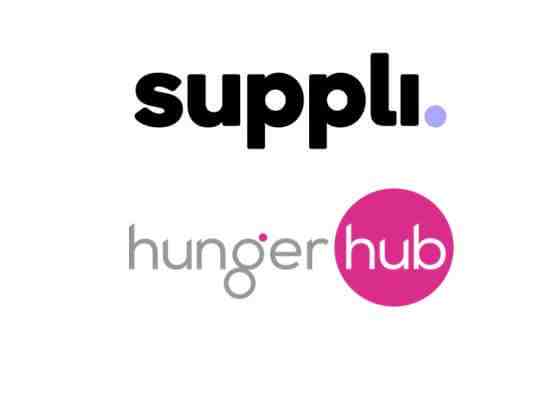
How A Toronto Production Saved More Than 2,000 Single-Use Takeout Containers From Landfill In Four Months
Every year Canadians throw away over 3 million tonnes of plastic waste from homes and businesses. Almost half of that is packaging. Many packaging materials like take-out waste are lost to landfill or end up in our environment due to lack of recycling options for plastics that are hard to recycle due to their plastic type(s) and size.

Digital Production Tools
Going Digital: How productions are reducing paper use through digital documentation solutions. A deep dive into paper saving measures from Entertainment Partners Canada.

Cream Goes Green
With a commitment to make 2021 its first-ever carbon-neutral year, Cream Productions has launched a series of green initiatives on set and in offices. Starting with its production of Haunted Museum (ZHM), these initiatives included improving waste management on set and measuring/offsetting carbon emissions. Read the full case study to see what they did.
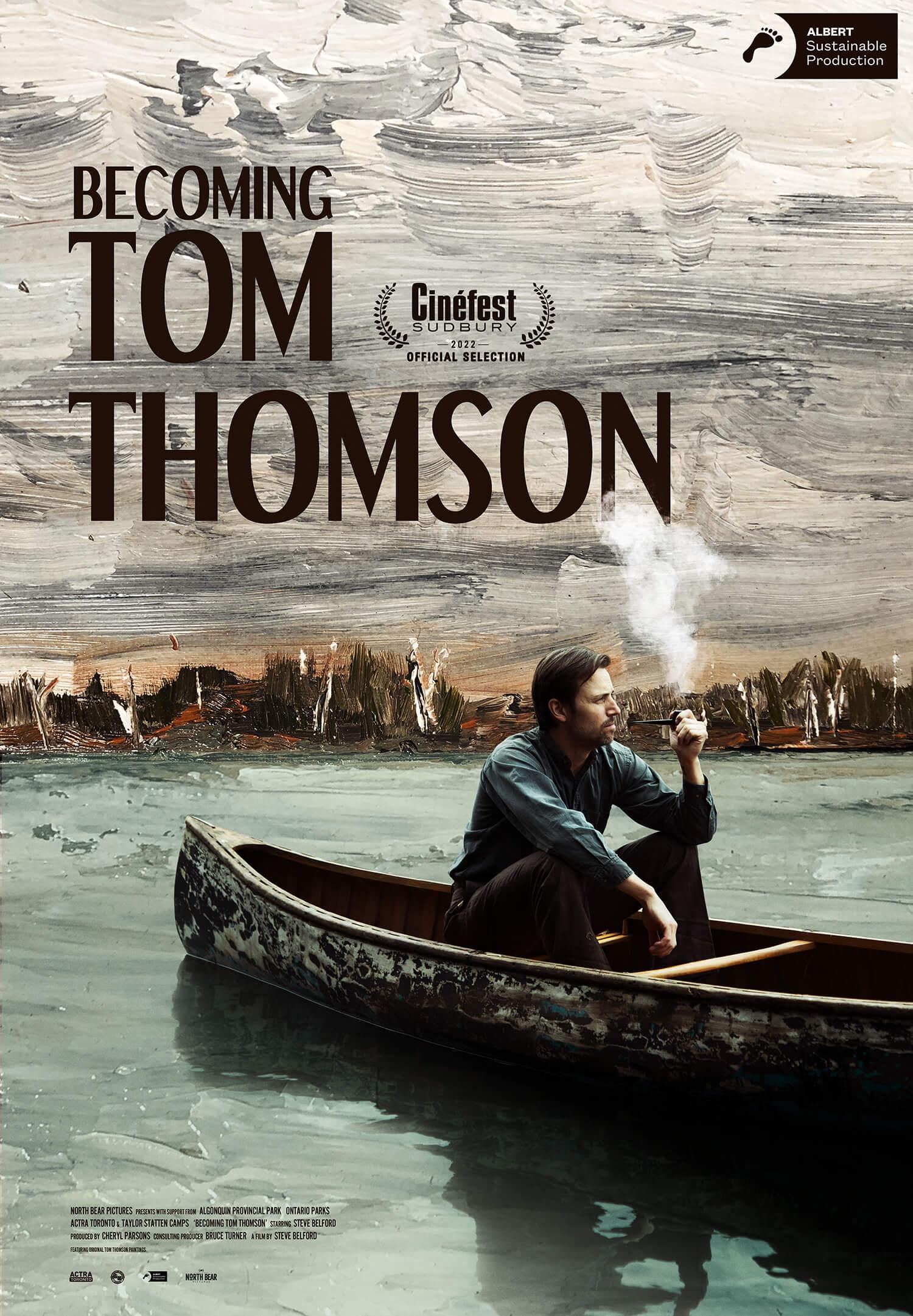
Becoming Tom Thomson
Making sustainable choices can be accomplished for any size of production. This independent case study shows how a small project took the initiative to reduce their carbon footprint while filming the pilot for their feature film project Becoming Tom Thomson, filmed in the rural north of Ontario’s wilderness in 2020.
NOTE: This case study was created independently from Ontario Green Screen.

The Future of Power Using Portable Electric Generators
While filming the CBS drama 'God Friended Me' in Times Square, NYC. The team at Shattered Prism made significant savings using the VOLTstack 5K portable electric generator. Using electric generators for the duration of production resulted in a savings of $1,500 USD per week. Not only did the decision save time and money, there were no safety hazards with snaking cables. The generators were also dramatically quieter than diesel engines, making them neighbourhood friendly.
